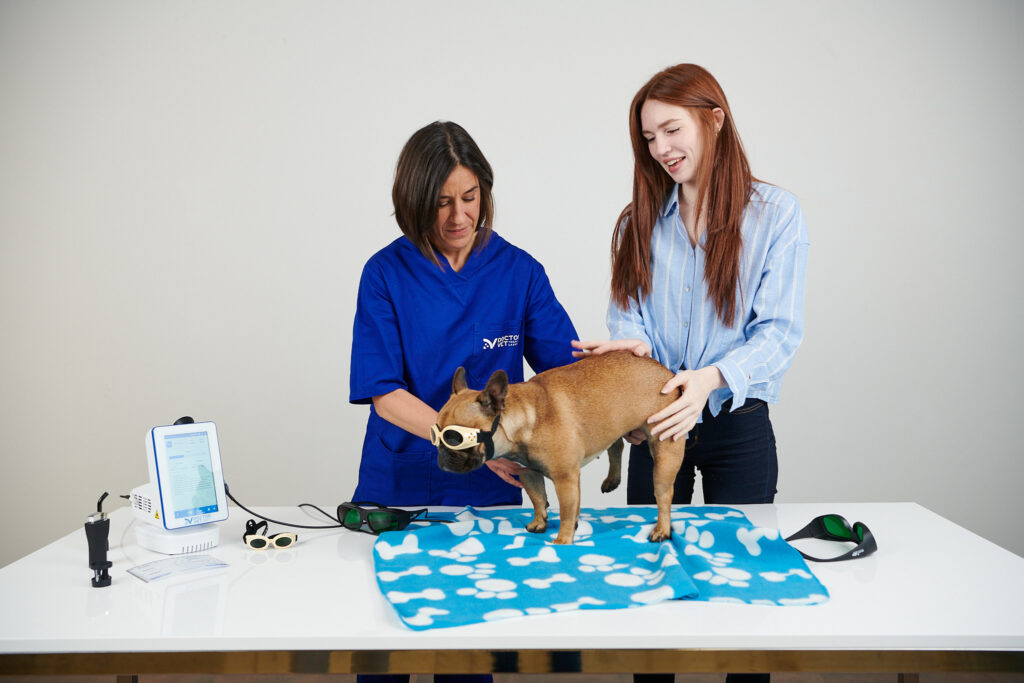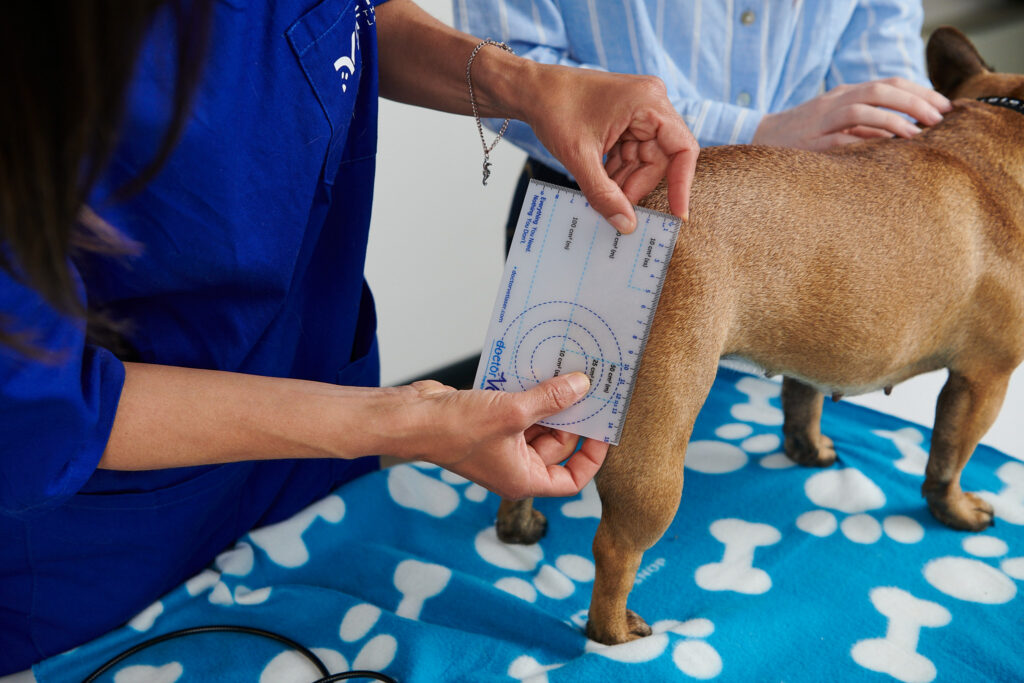The anal sacs extend between the smooth muscle of the internal anal sphincter and the skeletal muscle of the external anal sphincter, and the excretory ducts open near the most internal section of the anus.
These sacs are modified skin appendages that make up a stratified squamous epithelium, acting as a reservoir for a set of apocrine and sebaceous glands that drain their content into the keratinised portion of this epithelium1.
Changes in the secretion from these apocrine and sebaceous glands, from other components of the anal sac or resulting from various bacteria and yeasts can change the consistency of the excreted matter (from a yellow or dark brown liquid, it can change to a dense and thick substance, as well as purulent and haemorrhagic in the case of abscesses)2, causing difficulty in expulsion and impacting the gland.
Although there is a discrepancy in terms of the presence of different types of bacteria found in the fluid of anal sacs, a predominance of E.coli, as well as Proteus mirabilis, Bacillus spp., Lactococcus garviaee, Enterococcus faecalis, Enterococcus gallinarum and Staphylococcus pseudointermediusm has been observed in anal sac problems3.
Patients may present impaction, inflammation, infection or abscesses with fistulisation. The symptoms may include painful defecation, chasing the tail, pyotraumatic dermatitis and possible fever.

The treatments may vary depending on the severity. A manual emptying of these sacs plus cleaning with chlorhexidine and topical treatment may be sufficient, but the establishment of drainage and systemic treatments that may include broad spectrum antibiotics and glucocorticoids may also be required. In cases of relapse, the surgical option may be necessary4. Fewer complications are encountered in surgical splits when using a surgical laser5.
The effects of laser therapy photobiomodulation means that this becomes an effective therapeutic option in the treatment of sacculitis and anal sac abscesses. The main effects from laser therapy are analgesia6, control of the inflammatory process7, healing of wounds and various skin lesions8 and an antimicrobial effect9. Studies have been conducted on anal fistulas in which results in a control group are compared against those in a group treated with laser, evaluating the inflammation, the size of the lesion and the degree of congestion in the wounded area, obtaining better results in the three parameters studied from the group treated with laser10.
Seeing is believing!
Book a demo now to learn how DoctorVet works!

DoctorVet has protocols that can help in the treatment of sacculitis and anal sac abscesses. In such cases, the inflammation, general pain and/or deep tissue infection (for abscesses) are selected at the start of treatment, using the zoom treatment head and the sweep application technique in non-contact mode.
The next treatment stage, after observing an improvement, involves maintaining the inflammation, deep infection (if necessary) and subcutaneous protocols, using the zoom treatment head and the sweep application technique in non-contact mode. The treatment schedule would begin with 2-4 sessions per week depending on the severity, spreading the sessions further apart once the effects of photobiomodulation are observed. In chronic or relapse cases, maintenance sessions may be required for months.

Via dell’Impresa, 1
36040 Brendola (VI)
VAT 02558810244
C.R. VI 240226
© Copyright 2016-2021 LAMBDA S.p.A. | Privacy Policy